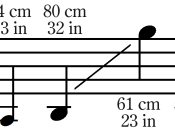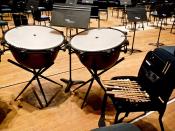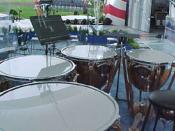Kettledrums came to Europe during the Crusades. They were a great prize if captured in battle, and were closely guarded since they were borne with the colors (the flags). (Peters, 59) They fell into disuse until the 1470's. King Henry VIII purchased several drums and hired drummers for playing on horseback. From the time of James II every mounted regiment was equipped with them. (Harrison, 296) Kettle drummers always played with the trumpeters and were, in fact, members of the same guild in Germany established in 1623. (Donington,189) Germany was the center of kettledrumming. They did not permit anyone under the rank of baron to own drums unless they were captured in battle. (Geiringer, 144) Kettle drummers became referred to as timpanists after 1660 when John Cooper from England returned from Italy calling himself "Giovanni Coperio" starting a fashion for all things Italian. (Peters, 62) During the Baroque the drums used were cavalry drums put to orchestral use usually tuned to the trumpeter's keys of D and the dominant below, and C and its dominant below.
They played the bass parts with the trumpets and at first their use in orchestras was only with the trumpets.
Timpani were originally not tunable! The heads were nailed or braced on and since they only played with the trumpets (no valves) two sets of two timpani would do, never needing to be tuned. Others had heads that were laced on. By the 17th century the drums were equipped with six to eight screws that raised or lowered an iron hoop to tension the heads. (Peters, 65) These screws were turned with a tool similar to a drum key in use today. However it takes a while to turn all those screws and with vellum heads there is...


